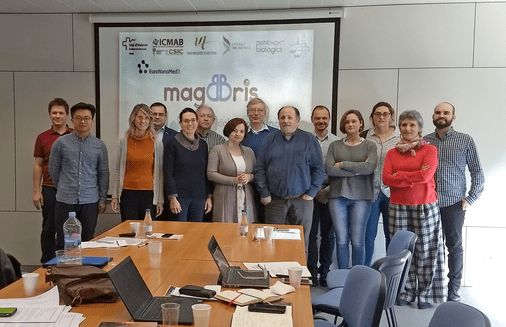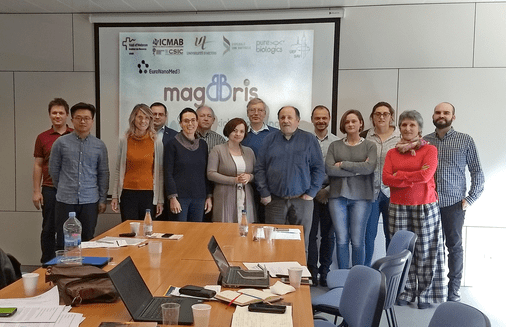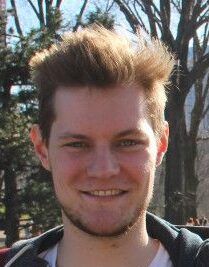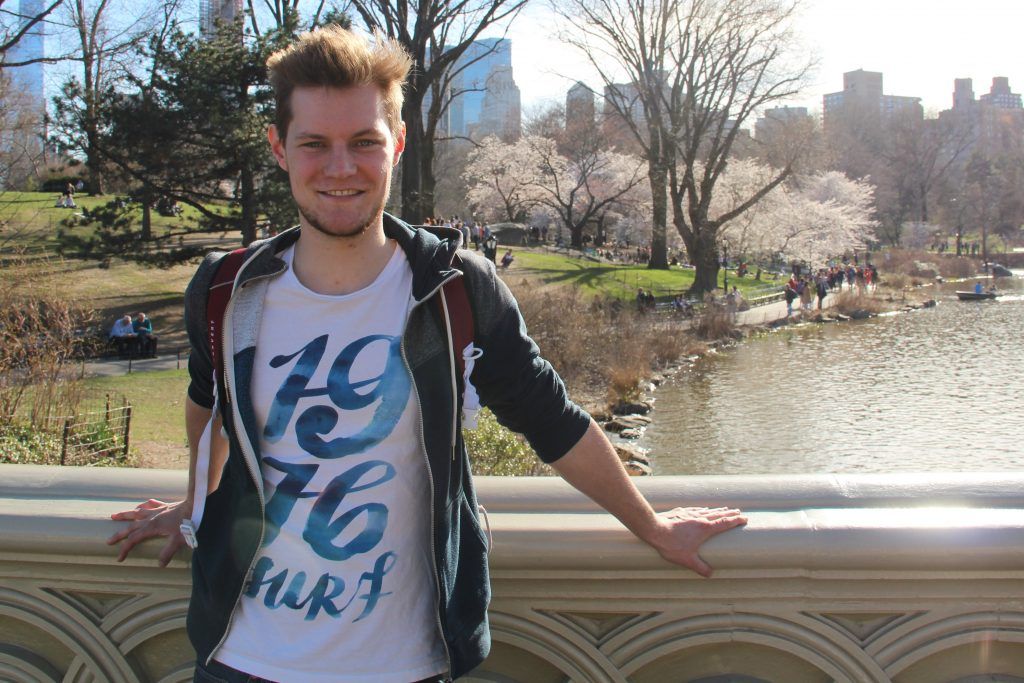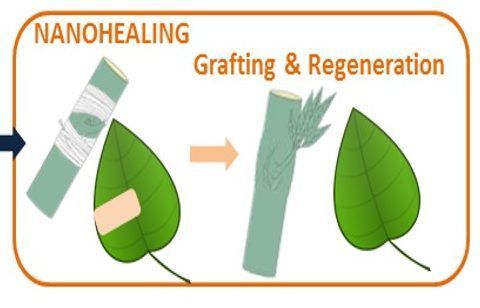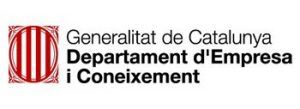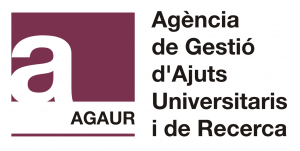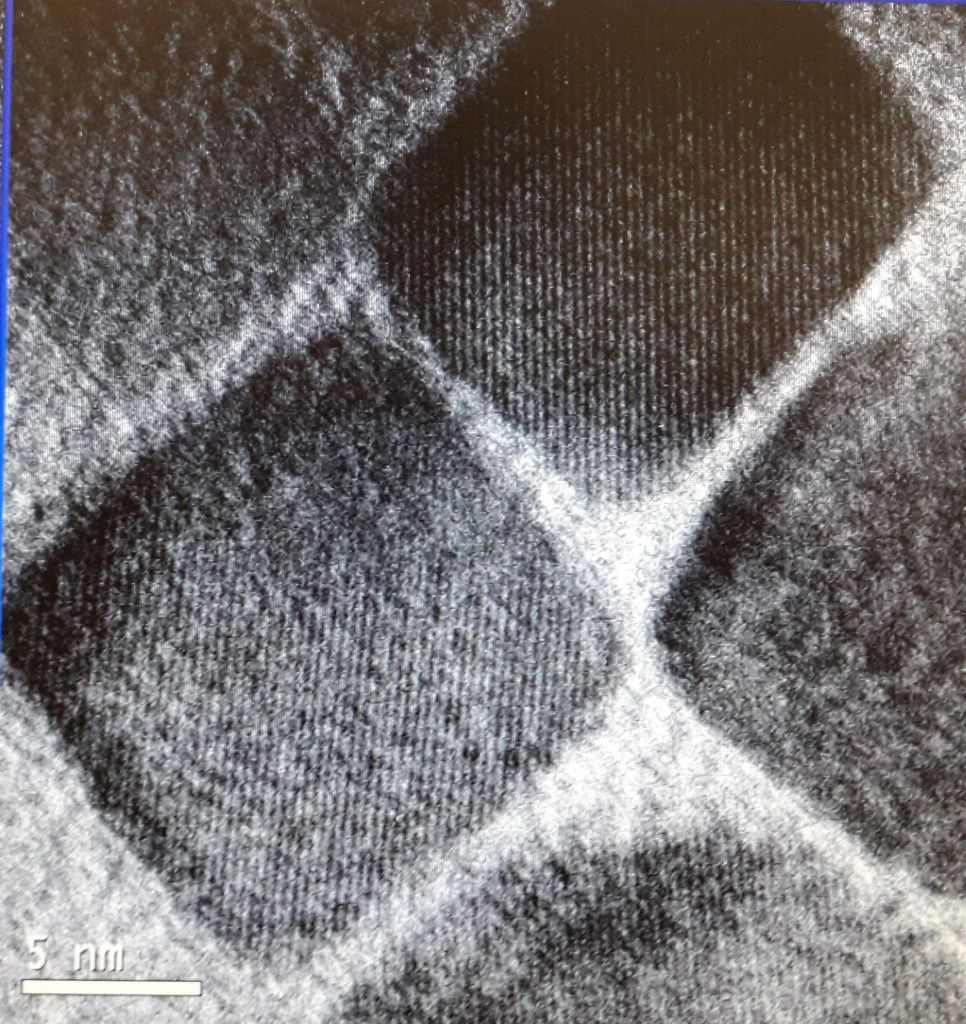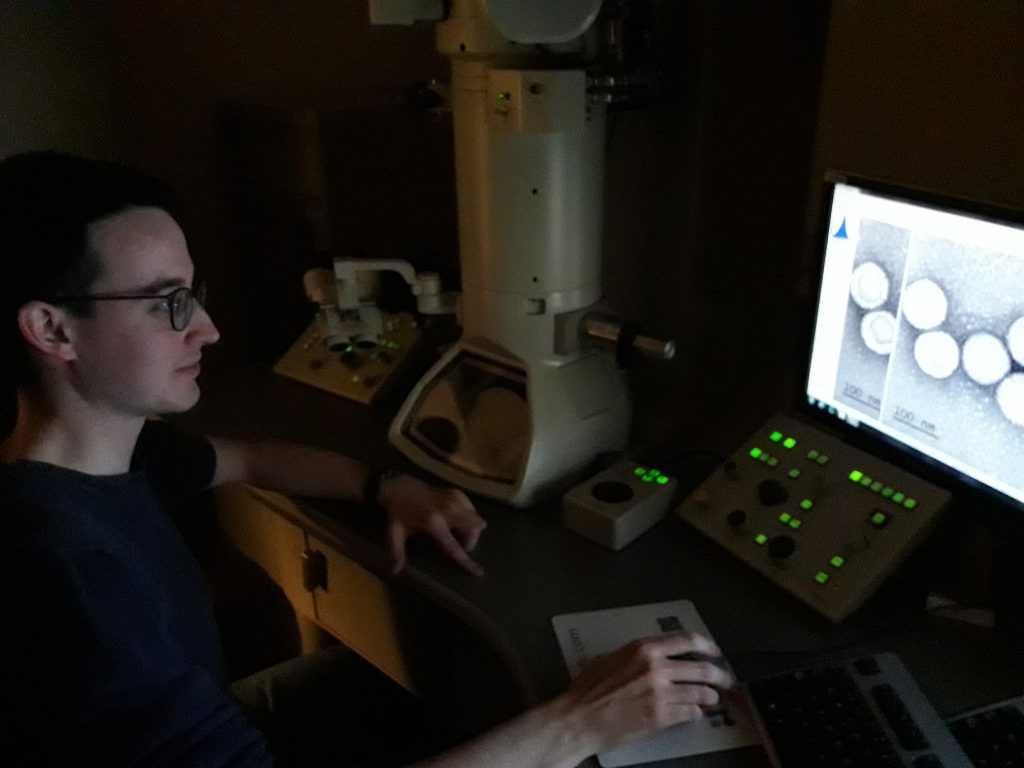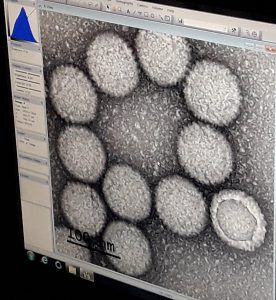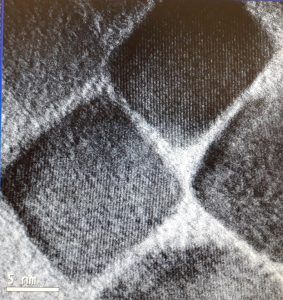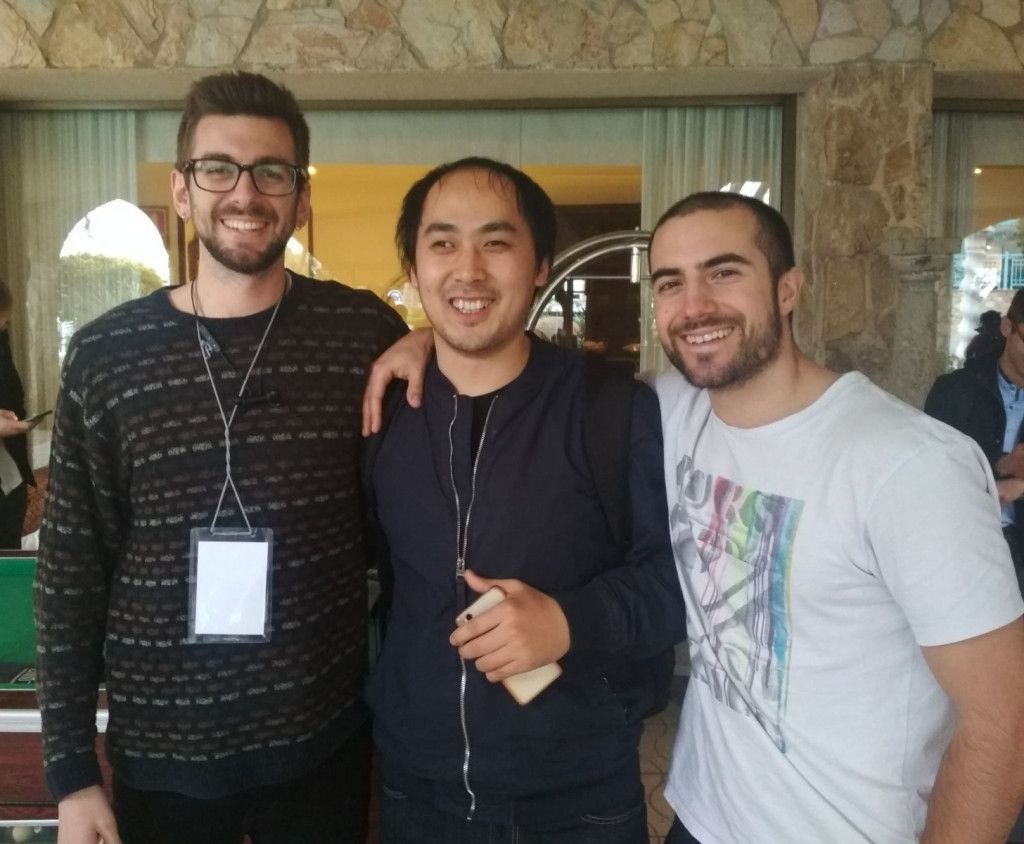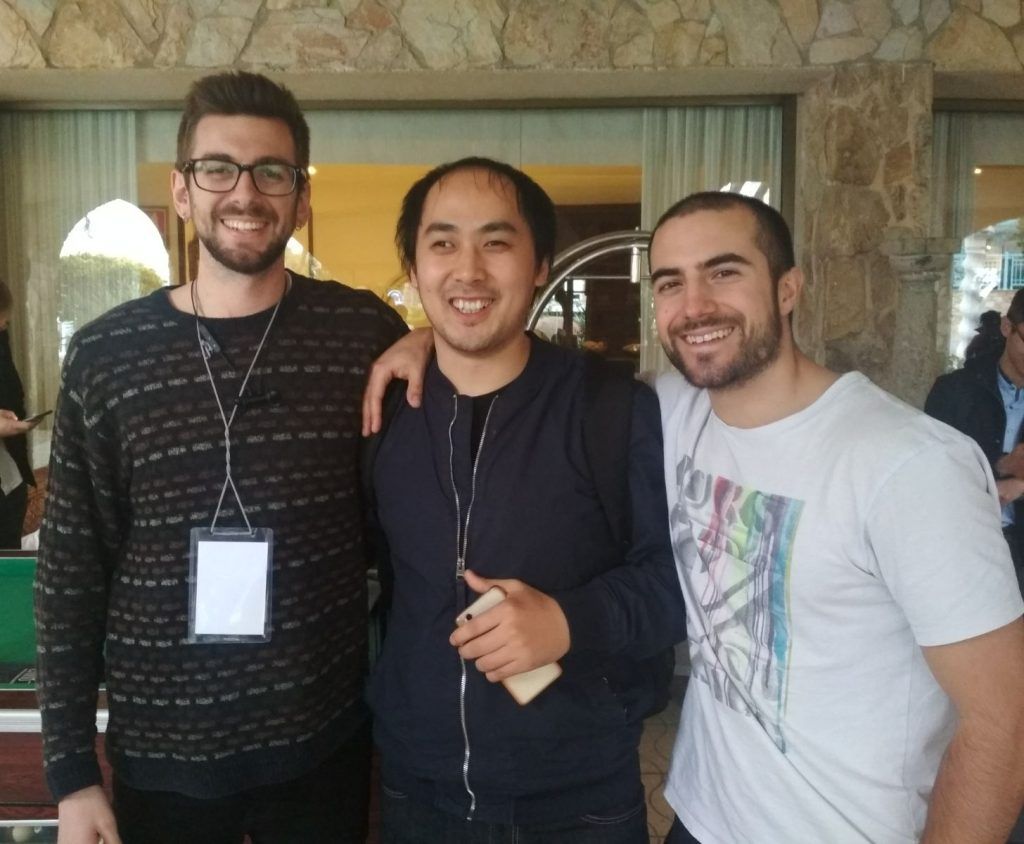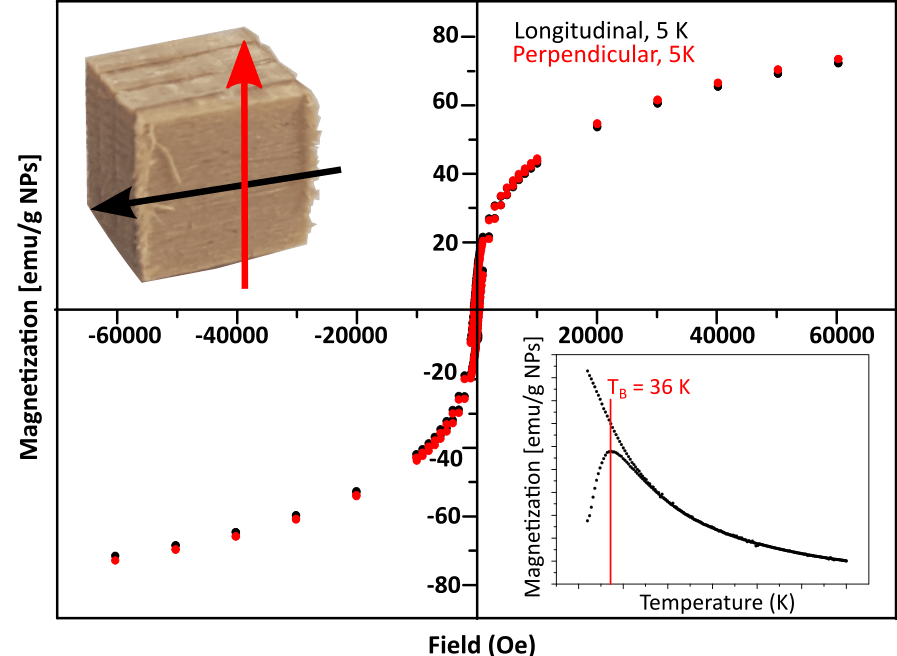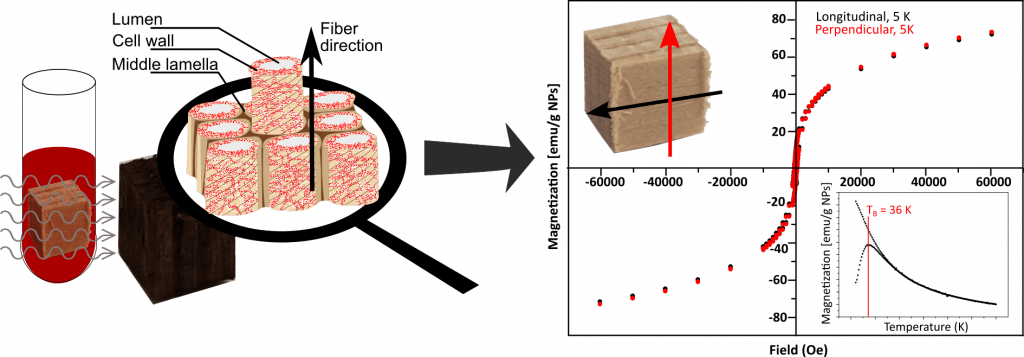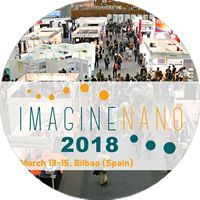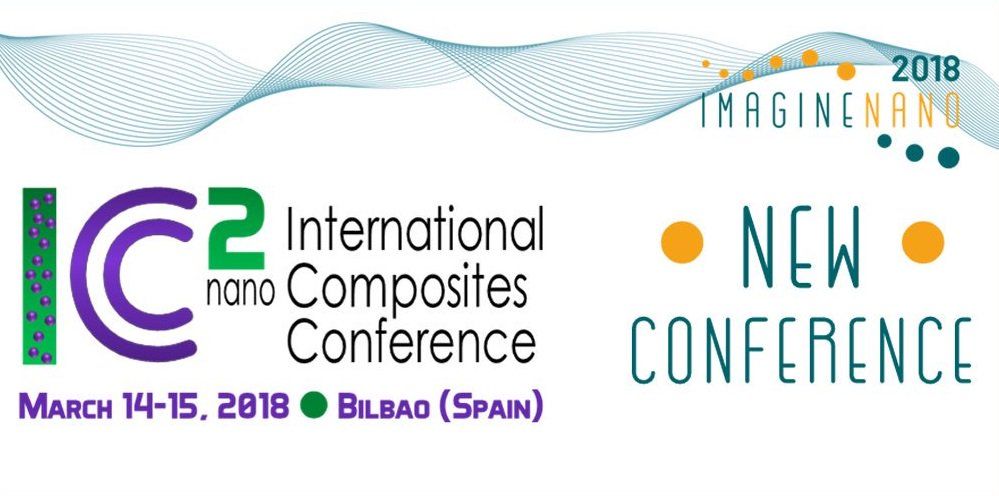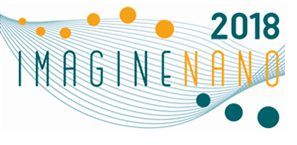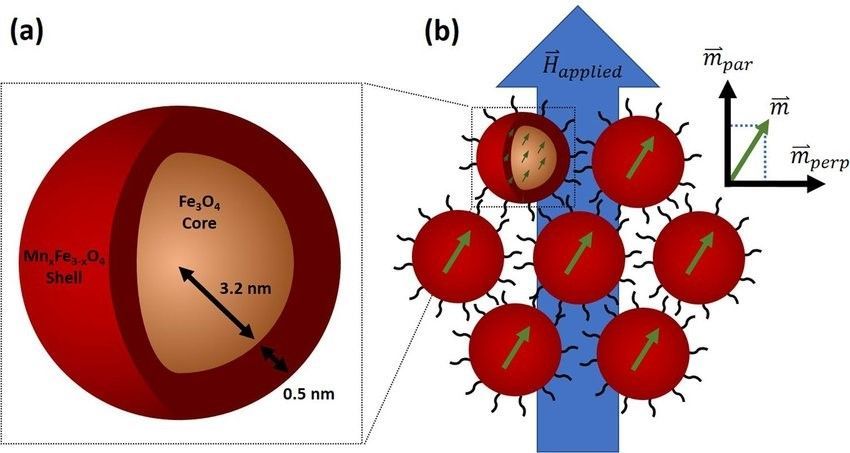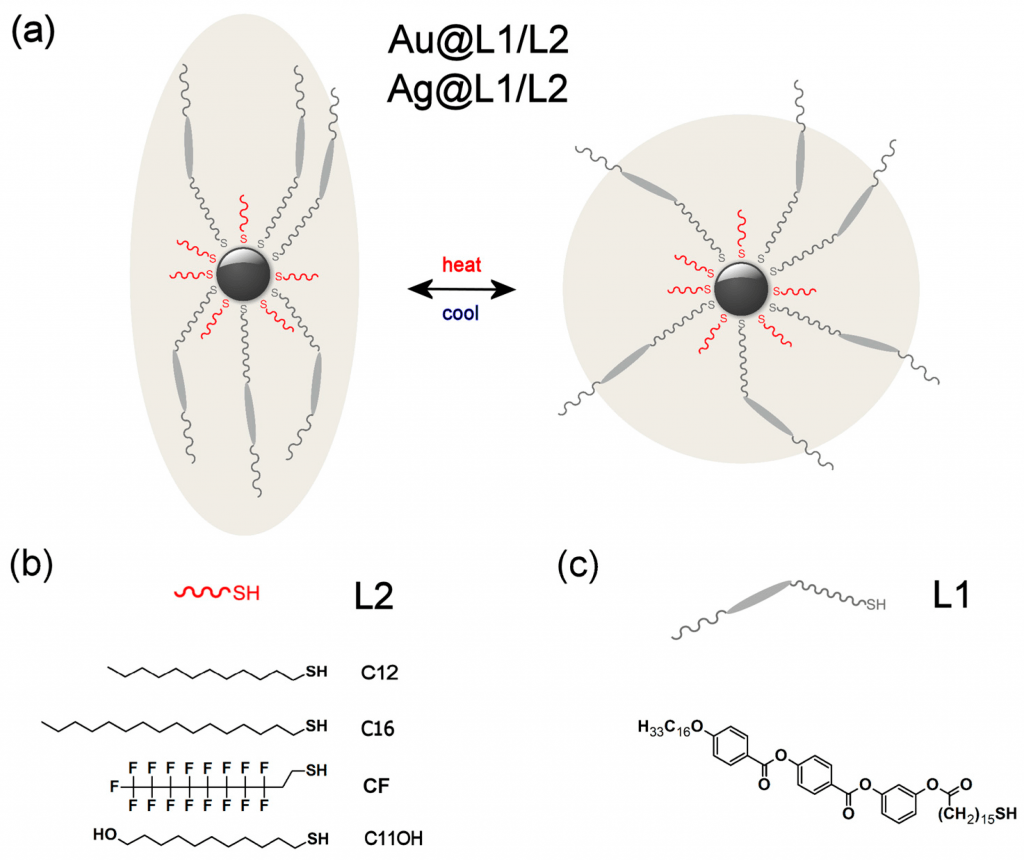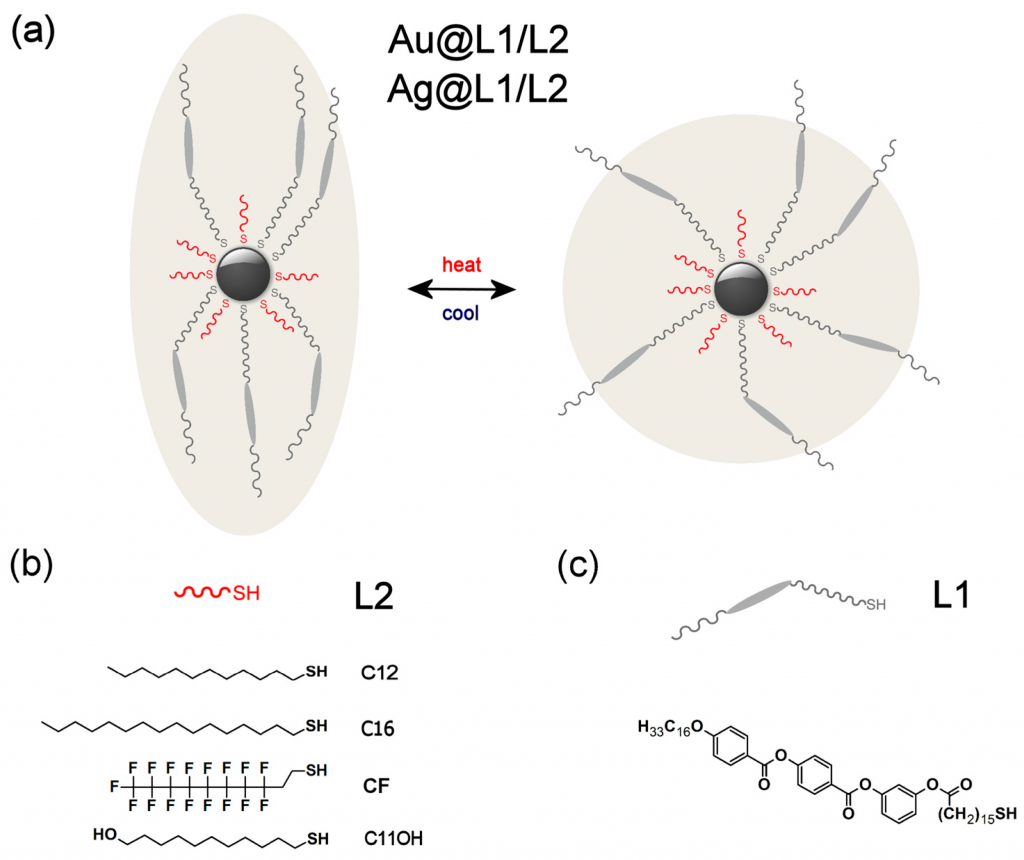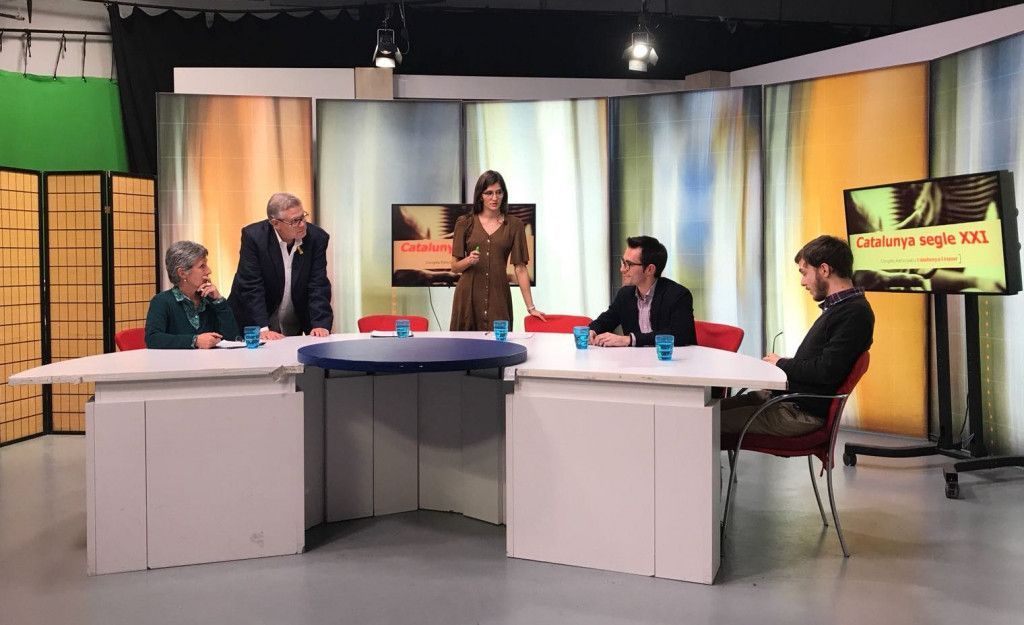MAGBBRIS project kicks off
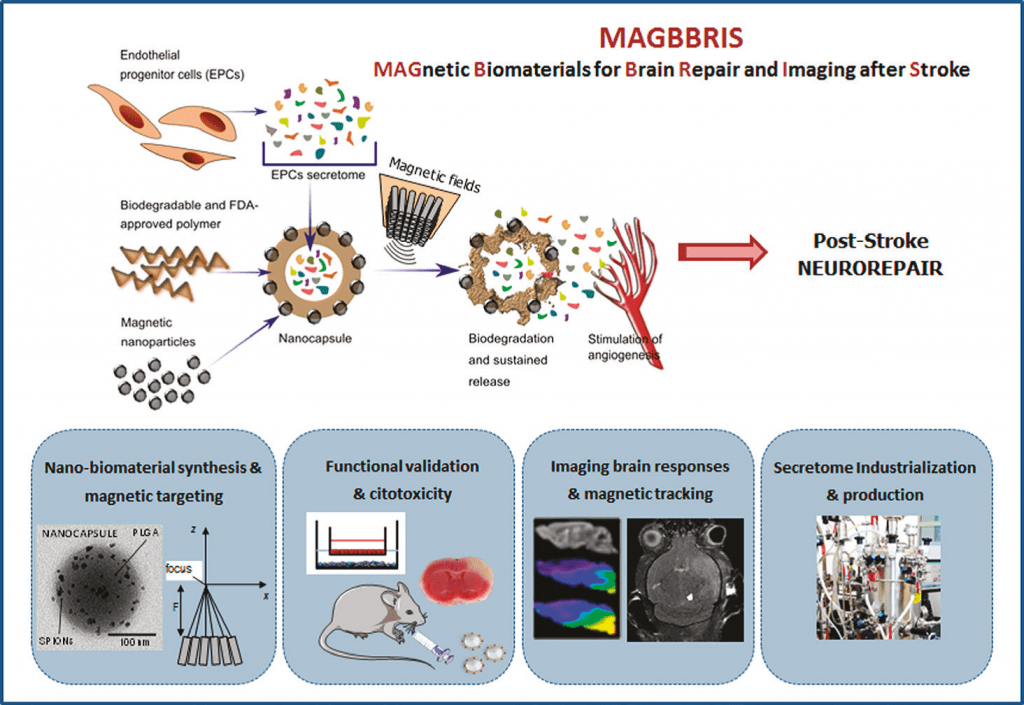
The MAGBBRIS Consortium, where Yajie Zhang and Anna Roig participate, celebrated its kickoff meeting during the 26th and 27th of March 2018. The project coordinator, Anna Rosell, welcomed the participants at the Vall d’Hebron Research institute (VHIR), in Barcelona.
During the meetings the participants had the opportunity to understand better the EuroNanoMed Joint Call thanks to Janna Slabbekoorn from the Competitive Calls Unit from VHIR. Afterwards they heard a little bit about each partner’s background related to the project. the members of the consortium could also learn about the past work using endothelial progenitor cells for the treatment of stroke, nanocapsule synthesis, pre-clinical and clinical magnetic resonance imaging, different in vitro models of the blood-brain barrier, manufacturing of high volumes of proteins under GMP conditions and magnetic targeting of nanomaterials.
We wish a lot of success to the MAGBBRIS project!
